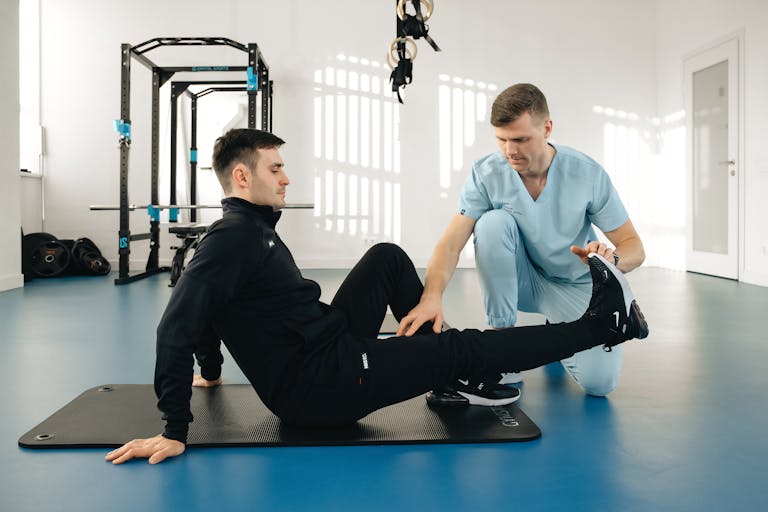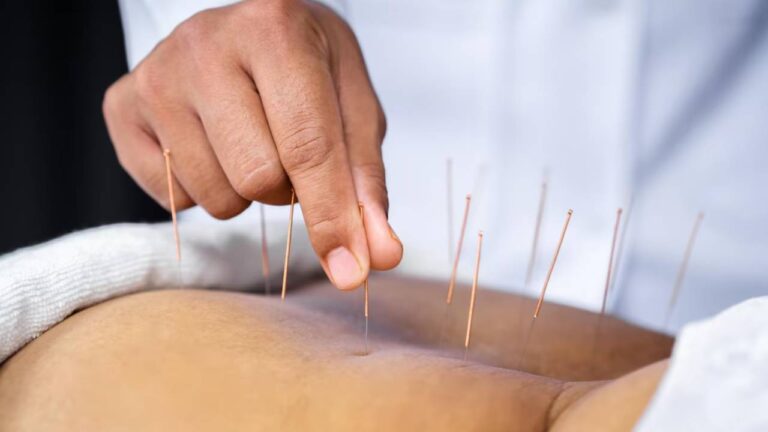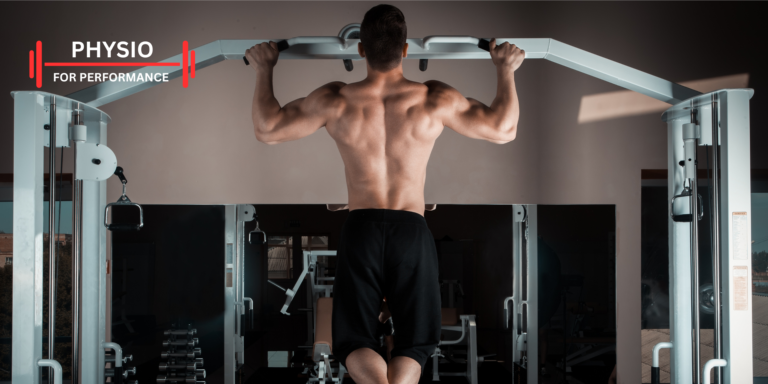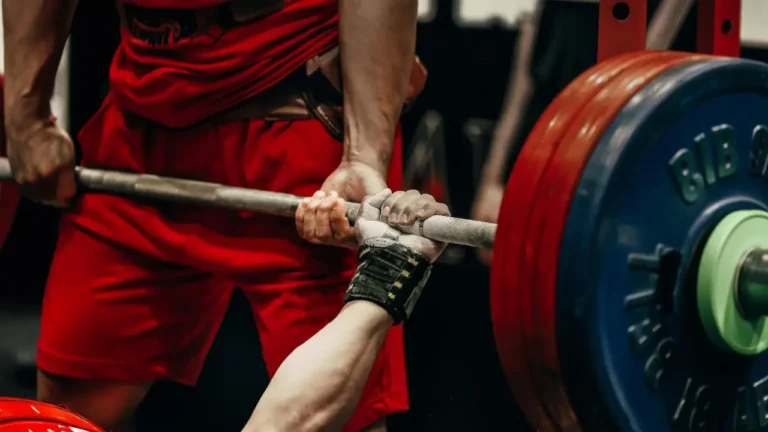5 Physiotherapy Techniques to Accelerate Your Recovery
Recovering from an injury or surgery can be challenging, but the right physiotherapy techniques can make a big difference. These methods not only help in managing pain but also in restoring movement and strength. The right techniques can accelerate your recovery and help you get back to your daily activities faster.
Exploring various physiotherapy approaches provides a path towards healing and improved function. With different exercises and treatments designed for specific needs, you’ll find ways to enhance your healing process. Understanding these techniques can empower you to take charge of your recovery journey.
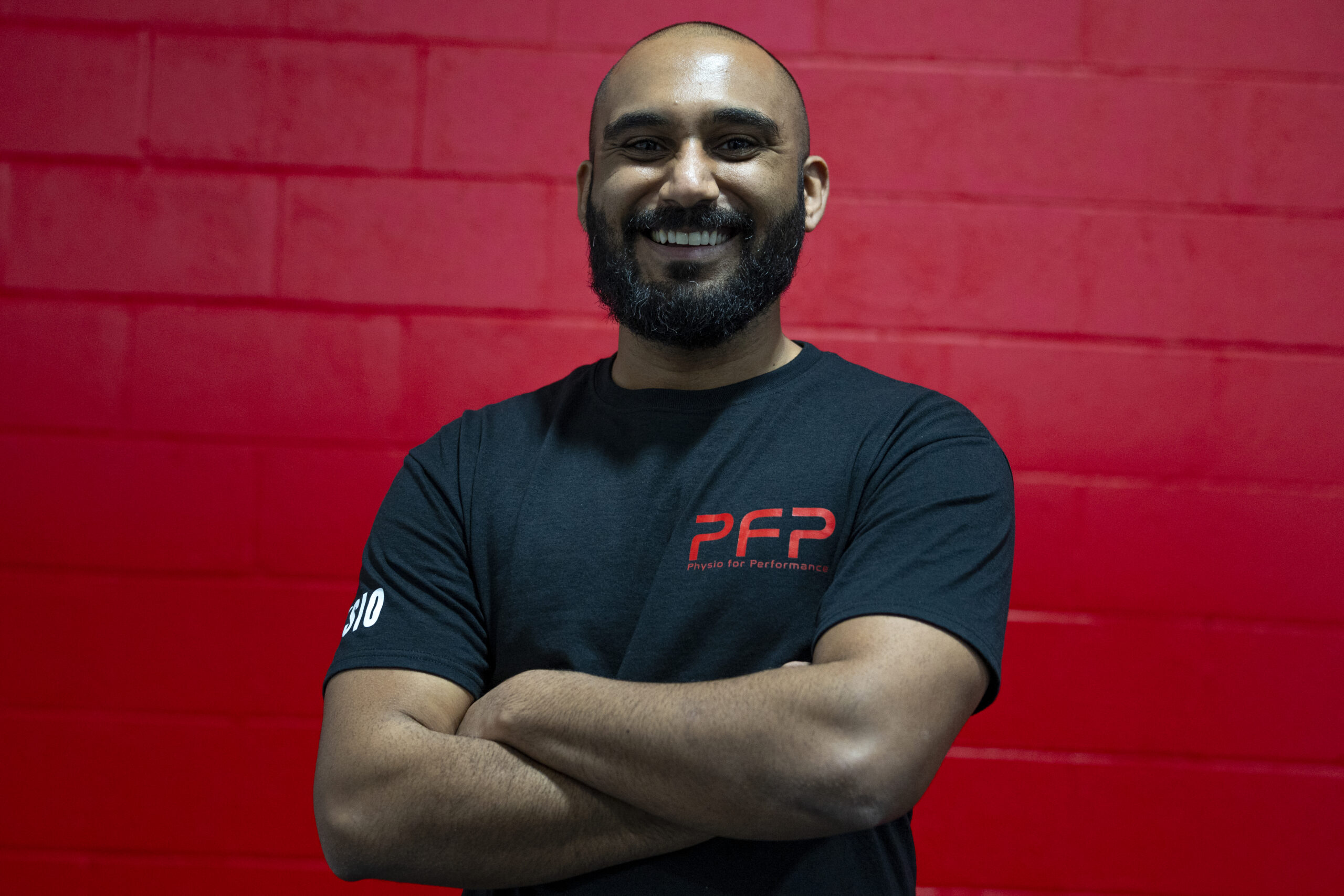
Looking to recover faster and get back to doing what you love? At Physio For Performance in Langley, our expert physiotherapists use cutting-edge techniques tailored to your needs.
Don’t wait—book your appointment today and experience a personalized approach to restoring your function and mobility!
1) Manual Therapy
Manual therapy is a hands-on approach used by physiotherapists to treat pain and mobility issues. It involves skilled movements applied to your muscles and joints. These techniques can include stretching, pressure, and joint mobilization.
One benefit is that it helps reduce pain and stiffness. By manipulating your muscles and joints, therapists can target specific areas that are causing discomfort. This treatment can lead to better movement and less discomfort in your daily activities.
Manual therapy also improves blood flow to the affected area. Increased circulation can help speed up the healing process by bringing more oxygen and nutrients to your tissues. This is crucial for rapid recovery and restoring function to injured parts of your body.
Communication with your therapist is important to ensure the healing methods are comfortable and effective. Each session may be tailored to your needs, addressing different issues as you progress in your recovery journey. Always discuss any concerns or pain with your therapist during treatment.
2) McKenzie Method
The McKenzie Method is a technique that helps with spinal problems and back pain. It focuses on exercises and posture modifications that can relieve pain and improve movement. You might find it useful if you’re dealing with chronic back or neck issues.
This method includes movements and positions specifically chosen for you. These exercises aim to centralize pain, moving it away from the extremities and toward the spine, which often signifies healing.
An important part of the McKenzie Method is the evaluation process. Through this assessment, you and your therapist identify which movements hurt less and which improve your comfort. This helps in crafting the right set of exercises for your recovery.
You learn to recognize and correct your posture throughout the day, which is vital to prevent further injury. By understanding the connection between certain postures and pain, you can maintain better habits that support your recovery.
The McKenzie Method encourages you to take an active role in your treatment. This empowers you to manage your pain and aids in preventing future issues. It’s a proactive way to deal with back problems, integrating both therapy and everyday actions into your recovery.
3) Kinesio Taping
Kinesio taping is a popular technique used in physiotherapy and kinesiology. It involves applying a special kind of tape to your skin to support muscles and joints. This tape is stretchy and mimics the elasticity of human skin. It helps with pain relief and reduces swelling.
When applied correctly, Kinesio tape can improve circulation and help you move better. The tape can also help your muscles recover faster after an injury. It works by lifting the skin slightly to allow better blood and lymph flow, which speeds up the healing process.
People use Kinesio taping for a variety of issues, like sports injuries or joint pain. It can also support a range of activities, allowing you to continue your daily tasks while healing. Remember, it’s important to ensure the tape is applied properly for the best results. Consulting with a trained physiotherapist can help you understand the correct application and benefits of Kinesio taping for your specific needs.
4) Dry Needling
Dry needling is a technique that uses thin needles to target muscle knots, also known as trigger points. The goal is to release tension and improve blood flow, which can help reduce pain and restore function. Unlike acupuncture, dry needling focuses on specific areas to address muscle problems directly.
When you receive dry needling, you might feel a small prick as the needle enters the skin. Some people notice a twitch in the muscle, which is a normal response. This process can help reset the muscle fibers, allowing them to relax and heal more effectively.
This technique can be particularly helpful if you have persistent muscle pain or stiffness that hasn’t responded to other treatments. Physical therapists may combine dry needling with other exercises and therapies to enhance recovery. Always consult a trained professional to ensure the treatment is safe and appropriate for you.
5) Shockwave Therapy
Shockwave therapy is a technique that can help reduce pain and encourage healing in your body. It uses sound waves to target and treat injured areas. These waves can help increase blood flow, which brings more nutrients and oxygen to the injury, promoting faster recovery.
When you undergo shockwave therapy, a device sends shockwaves through your skin to reach your muscles, ligaments, or tendons. This process helps break up scar tissue and can reduce inflammation. It’s non-invasive, meaning there’s no need for surgery or injections.
This therapy is often used for conditions like tendonitis, plantar fasciitis, and shoulder pain. It is considered a safe treatment with minimal side effects. Some people might feel temporary discomfort during the session or mild bruising afterward.
The number of sessions you might need can vary, typically ranging from three to six. Each session is usually short, lasting about 15 to 30 minutes. You might start to notice improvements in your pain levels after just a few treatments.
It’s important to talk to your physiotherapist about whether shockwave therapy is right for you. They can provide information based on your specific condition and history. Sometimes, combining this therapy with other treatments can enhance results.
Understanding Physiotherapy Techniques
Physiotherapy involves various techniques to aid recovery, improve mobility, and reduce pain. Understanding the benefits and common misconceptions can help you make informed decisions about your treatment.
Benefits of Physiotherapy
Physiotherapy utilizes exercises and hands-on treatment to enhance your body’s natural healing process. It can reduce pain and swelling, improve flexibility, and strengthen muscles. You may experience better movement, quicker recovery from injuries, and a return to daily activities faster. Some techniques might include massage, stretching, and joint mobilization.
These methods aim to improve your overall well-being. They can be tailored to your specific needs, which helps in addressing unique challenges. Consistency and commitment play a crucial role in achieving the best results. Through regular sessions, you can maintain progress and prevent further issues.
Common Misconceptions
Some people think physiotherapy is only for athletes or serious injuries. This isn’t true. It can benefit anyone, from children to the elderly, and for various conditions, including chronic pain and post-surgery recovery. Another misconception is that physiotherapy might be painful. While some techniques might be uncomfortable, therapists aim to minimize pain.
Many also believe that improvement happens overnight. Recovery takes time and requires patience and persistence. You might need to attend multiple sessions and follow exercises at home. Finally, some people think it’s too expensive. Many insurances cover some physiotherapy treatments, making it accessible.
Enhancing Recovery with Therapeutic Exercises
Therapeutic exercises play a crucial role in speeding up recovery by strengthening muscles and improving flexibility. These exercises also help restore normal movement and reduce pain.
Role of Physical Activity in Healing
Physical activity is vital for recovery. When you move your body, blood flow increases, bringing oxygen and nutrients to injured areas. This helps tissues heal faster. Exercise also boosts the release of endorphins, which are natural pain relievers.
Including regular activity in your routine can maintain strength, preventing muscle wasting and joint stiffness. This keeps your body prepared to return to daily activities. It’s important, though, to match exercises with your specific needs and abilities to avoid further injury.
Optimizing Exercise Routines
Creating a suitable exercise routine optimizes healing. A balanced plan might include strength exercises, flexibility routines, and low-impact activities like swimming or cycling. Starting with gentle movements reduces strain on injuries.
Vary exercises to target different muscle groups while ensuring proper warm-ups and cool-downs. Listen to your body; if an activity causes pain, it’s best to adjust your routine. Consulting a professional can help tailor exercises for your condition, ensuring safety and efficiency in recovery.
Incorporating Manual Therapy
Manual therapy involves hands-on techniques that aim to reduce pain and improve movement. It’s a vital tool in physiotherapy for enhancing recovery and restoring daily function. Below, you’ll learn about the types of manual therapy and its effectiveness.
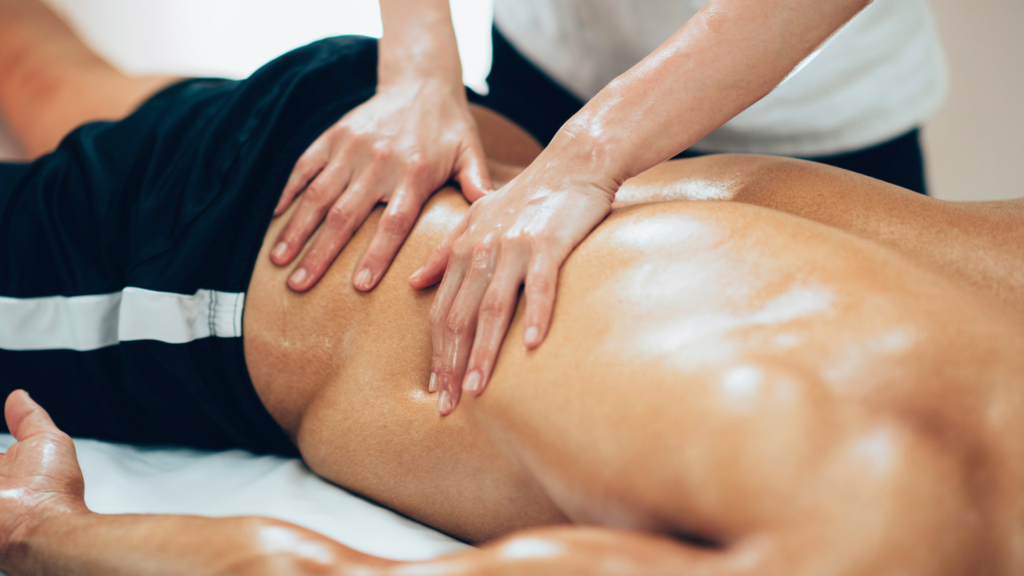
Types of Manual Techniques
Manual techniques in physiotherapy include massage, joint mobilization, and manipulation. Massage helps relax tight muscles and improve circulation. Joint mobilization involves gentle movements to increase joint range and reduce stiffness. Manipulation uses quick, controlled movements to realign joints. Each technique has unique benefits and may be used alone or with other methods. It’s important to match the technique to your specific needs for the best results.
Effectiveness of Manual Interventions
These interventions can help reduce pain, improve flexibility, and enhance tissue healing. They often provide relief for conditions like back pain, sports injuries, and joint pain. Manual therapy can improve your overall ability to move and perform daily activities. Many patients find quicker recovery when manual techniques are included in their treatment plan. Consult your therapist to determine the best approach for you.
Conclusion
Recovering from an injury can be challenging, but using effective physiotherapy techniques can make a difference. These methods not only help you feel better sooner but also assist in bringing back normal function and strength. Stay committed to your therapy plan, and you’ll likely see improvements over time.
Remember to communicate with your physiotherapist. Share how each technique feels, and let them know about any changes in your condition. They can adjust your plan to better suit your needs.
If you’re in Langley, BC, consider visiting Physio For Performance. Our skilled team is ready to support you on your path to recovery. With personalized therapy plans, you’ll receive care that works best for you.
Don’t delay your progress. Start utilizing these physiotherapy techniques to advance your healing journey today.


